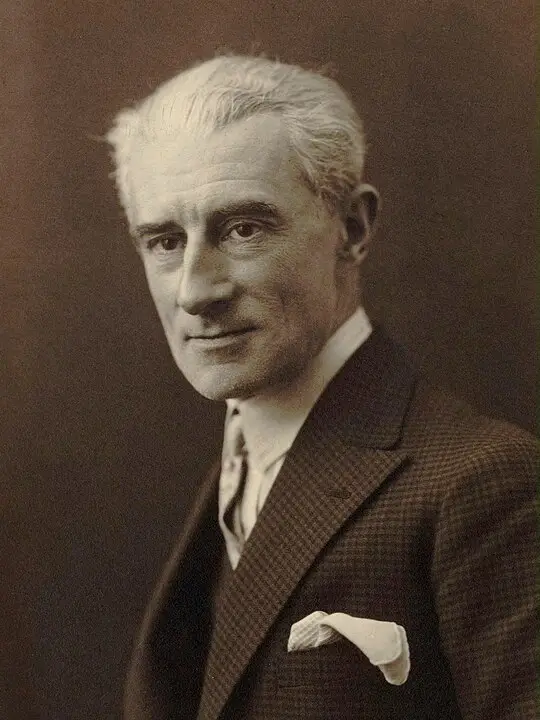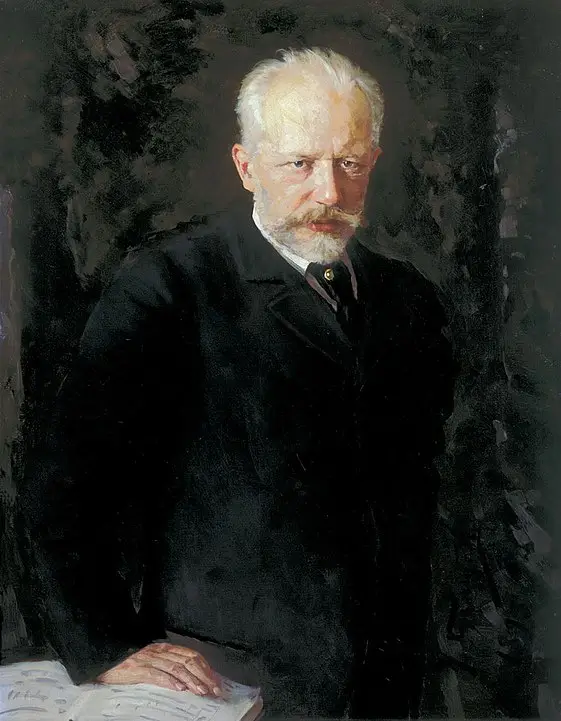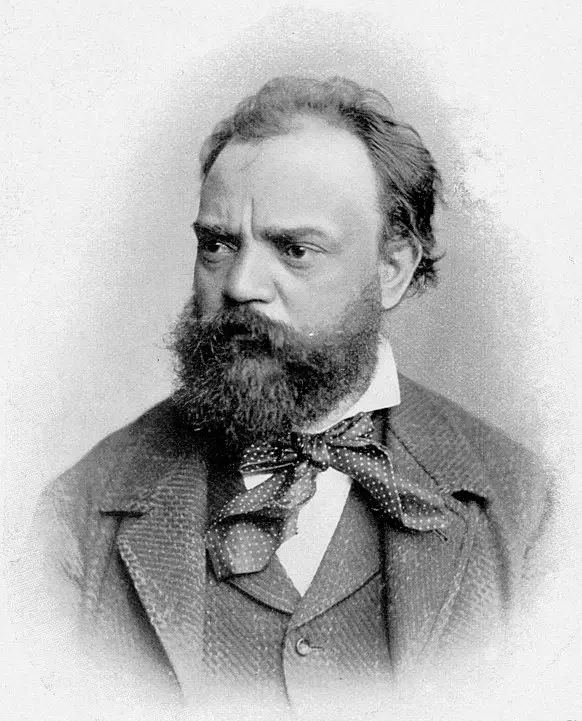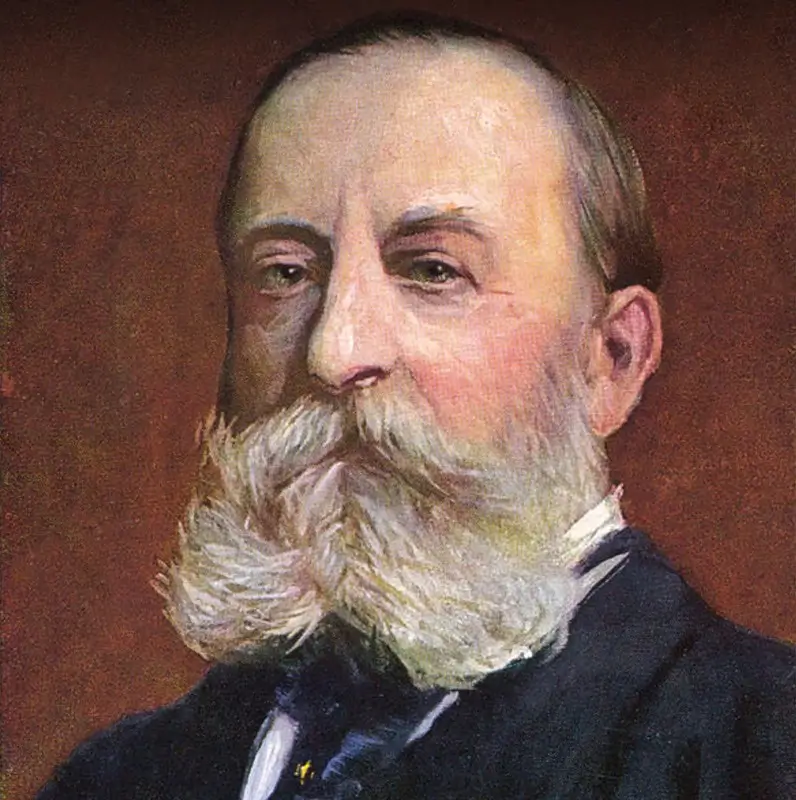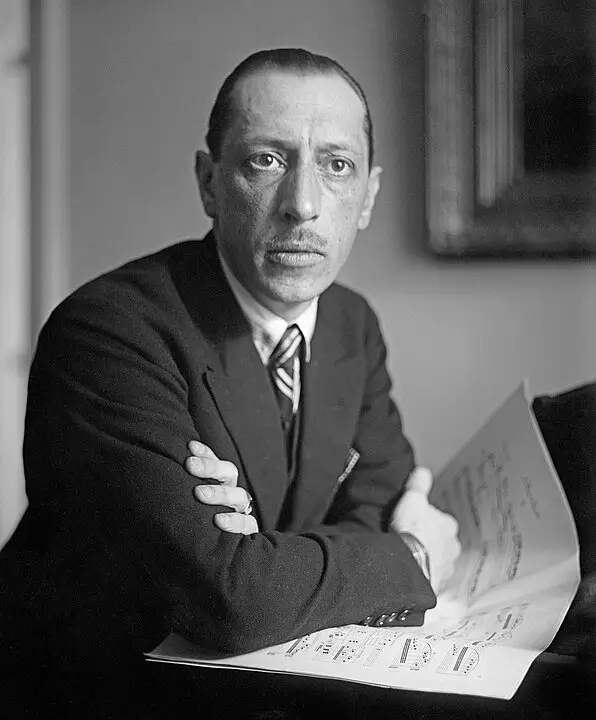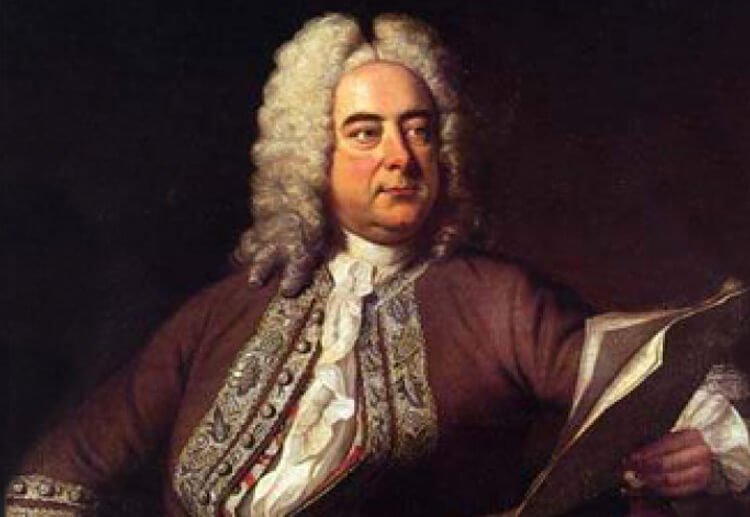Introduction
Béla Bartók, a towering figure in the landscape of 20th-century music, remains a pivotal influence in the realm of classical composition, ethnomusicology, and the cultural identity of Hungary. His work, characterized by a blend of folk inspiration and modernist innovation, not only redefined his own musical expression but also left an indelible mark on the global music scene. This article delves into Bartók’s life, from his formative years through his major works, his philosophical underpinnings, and his enduring legacy.
Early Life
Born on March 25, 1881, in Nagyszentmiklós, then part of the Kingdom of Hungary (now Sânnicolau Mare, Romania), Béla Bartók was immersed in music from an early age. His mother, Paula, a pianist and teacher, was his first music instructor, instilling in him a deep foundation in classical music. The early loss of his father, a school director, when Bartók was only seven, was a pivotal moment that saw the family move to Vinogradiv, Ukraine, further influencing his exposure to a range of musical traditions.
Musical Training and Development
Bartók’s formal musical education began at the Royal Academy of Music in Budapest, where he studied piano under István Thomán, a student of Franz Liszt, and composition under János Koessler. During his time at the Academy, Bartók began to show a keen interest in folk music, which would become a cornerstone of his musical and scholarly pursuits. His early compositions, like the “Kossuth Symphony,” reflect a blend of romanticism with nationalist fervor, hinting at the unique stylistic path he would later pursue.
Major Works and Compositions
Among Bartók’s extensive oeuvre, several works stand out for their innovation and profound impact on music. His six string quartets, composed between 1908 and 1939, are particularly celebrated for their technical demands and emotional depth, pushing the boundaries of the genre. His stage works, including the ballet “The Wooden Prince” and the opera “Bluebeard’s Castle,” showcase his ability to blend narrative with complex, evocative music. Moreover, pieces like “Music for Strings, Percussion, and Celesta” and “Concerto for Orchestra” are exemplary of his mature style, integrating folk motifs with classical forms.
Connections to Other Composers
Bartók’s relationships with other composers were both collegial and competitive, reflecting a vibrant period in classical music. His friendship with Zoltán Kodály, another prominent Hungarian composer, was particularly significant; together, they collected and analyzed folk songs, which profoundly influenced their musical compositions. Bartók also had interactions with contemporaries such as Igor Stravinsky and Arnold Schoenberg, whose developments in rhythm and atonality respectively paralleled Bartók’s own explorations in these areas.
Character and Philosophy
Bartók’s character and philosophical outlook were deeply intertwined with his music. A man of reserved demeanor and intense intellectual curiosity, he held strong political views, particularly his anti-fascist stance during the rise of Nazism in Europe. His commitment to the authenticity of folk music against the backdrop of rising nationalism showcases his belief in the universal value of cultural expressions, free from political manipulation.
Life in the City Where Béla Bartók Lived
Budapest, where Bartók spent much of his adult life, was a cultural hub that significantly shaped his career. The city’s vibrant musical scene provided him with numerous opportunities to engage with a wide array of musical traditions and performances. However, the political turmoil of the 1930s and 1940s, particularly the rise of fascism, deeply affected him, eventually compelling his emigration to the United States in 1940.
Death and Legacy
Bartók died on September 26, 1945, in New York City, far from his homeland. His death marked the loss of one of the most original composers of the 20th century. However, his legacy endures through his extensive body of work, which continues to influence composers and musicians around the world. Institutions like the Bartók Archives in Budapest testify to his enduring significance, preserving his manuscripts and promoting research on his life and works.
Conclusion
Béla Bartók’s life and work represent a profound intersection of musical innovation and cultural heritage. His exploration of folk music not only enriched his own compositions but also contributed significantly to the understanding and appreciation of Eastern European musical traditions. As both a composer and an ethnomusicologist, Bartók exemplified the possibilities of integrating deep cultural knowledge with broad artistic vision, leaving a legacy that continues to inspire and challenge musicians and listeners alike.


